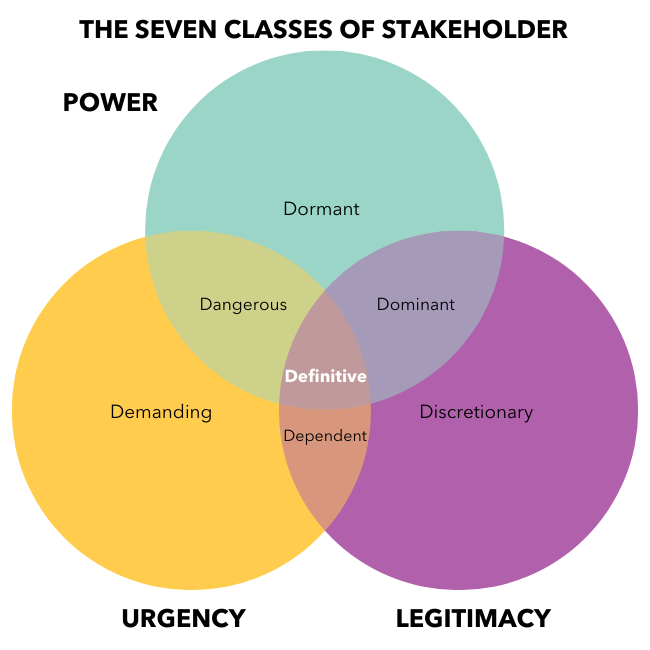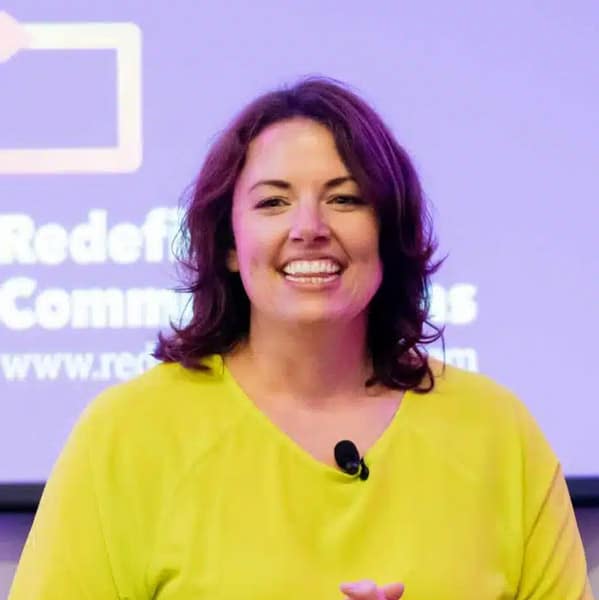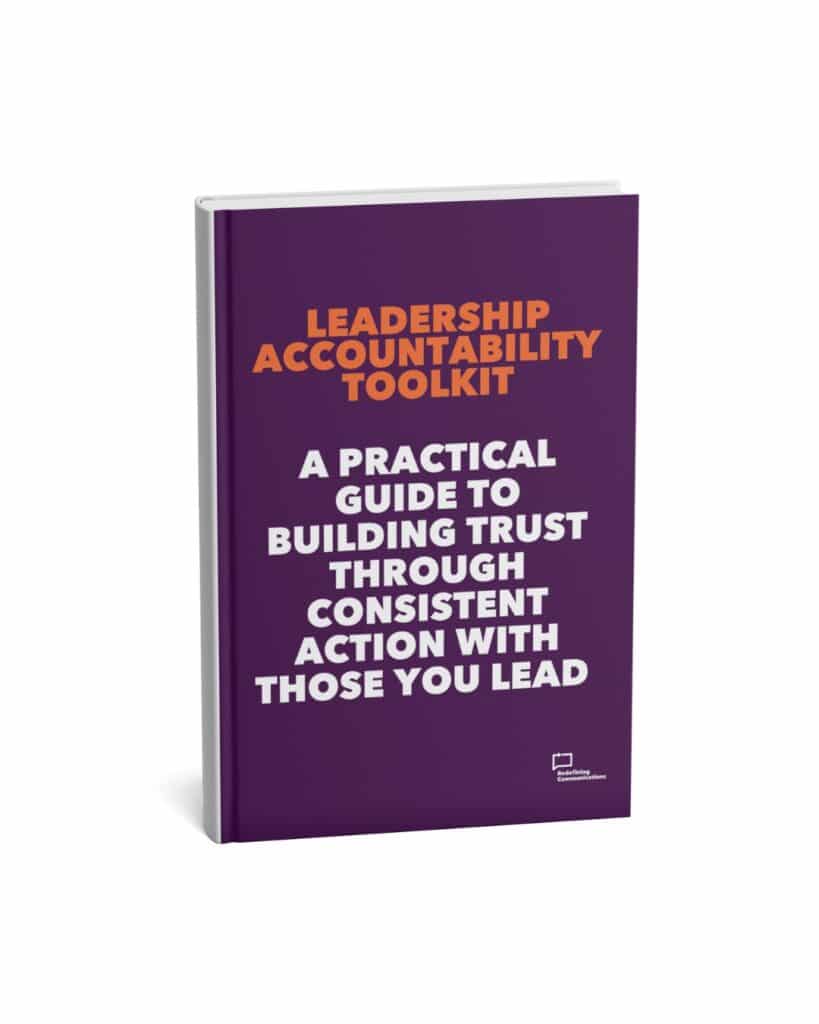In a recent podcast episode, I talked about how to manage stakeholders.
A stakeholder is someone who has an interest in the organisation. Stakeholders are directly related to what the company does, and they include employees, leaders, departments and teams. If we look externally, stakeholders can include suppliers, customers or investors.
It’s important to manage stakeholders well because we need to make sure we are aware of them all and how they interact with us. For example, we can explore this as a team – who are the stakeholders for the communications, operations or HR team?
When we don’t manage stakeholders well, it can create chaos. In the episode, I talk about several models that can help you map and manage stakeholders effectively and these can be seen below.
Why do we need to manage stakeholders?
Stakeholders are people we have a relationship with – they have an interest in what we are doing. This interest could be financial, it could be because we need something from them, or they are pivotal in supporting our strategic direction.
If we don’t take the time to work out who these groups of interested people are, we are going to find ourselves in situations that take up time and money for teams.
What happens if you don’t manage stakeholders?
If we don’t know who our stakeholders are and we don’t manage them, there is a risk that:
- We’ll do something that has a negative impact on them, and we’ll be unaware
- We’ll make a decision that doesn’t consider a certain group
- We won’t take people with us on our journey
- We’ll miss opportunities to tap into influencers who could help our cause
- We aren’t open to dialogue about activities and can become blinkered to our own agenda.
These risks can impact financially and reputationally.
How do you identify and manage stakeholders?
First, we need to identify who our different stakeholder groups are. You’ll need different people in the room to help you map this out. Be careful not to create huge groups – the trick is to make them narrow. For example, you might say that employees and suppliers are stakeholders, but this could potentially be a huge group, making it difficult to break down key characteristics or interests. It may be that you start broad, and then narrow it down further.
I recommend working through these four questions:
- What is their interest in us?
- Do they have any influence in our activity?
- Do they have any control over our activity?
- Where is the power – do we need them, or do they need us?
The power one is a bit loaded, but we must be realistic about the interest and relationships, particularly if we’re implementing a change programme or significant organisational transformation.
To map stakeholders, I use the four-box grid of impact and influence, which is below:

Using this box, we can put different groups in the boxes depending on whether they have high or low impact and a high or low influence.
More recently, I came across the model from Mitchell et al when I was doing a course and, in this model, they explore power (to influence the firm), legitimacy (of the stakeholders’ relationship) and urgency (of the stakeholders’ claim). This can be illustrated with a Venn diagram showing the seven classes of stakeholders as shown below:

Here we can see the seven different types of stakeholders:
- Dormant – all power
- Discretionary – all legitimacy
- Demanding – all urgency
- Dominant – legitimacy and power
- Dangerous – power and urgency but no legitimacy
- Dependent – legitimacy and urgency but no power
- Definitive – all three of power, legitimacy and urgency.
Both these models help us to identify our most important stakeholder groups.
Secondly, you can identify what each stakeholder needs to think, feel, do for things to be efficient and then you can start to work out the appropriate messaging.
Finally, it comes to managing stakeholders you have to think about their interest. Once you have done that by mapping them, you’ll be able to work out the information they need. You’ll need to manage expectations with them, especially those who can take up a lot of time but don’t have any impact, and you’ll need to be consistent in your approach to any one group.
In the podcast episode, I also talked about the RASCI model. RASCI stands for Responsible, Accountable, Support, Consult and Inform. This is a great tool when it comes to managing stakeholders and identifying roles and responsibilities within those groups.
I have often been in situations where people think they have one role, and they have another, so this is a helpful model to ensure everyone is clear. I talk about this more in this blog, How RASCI can help gain clarity and calm.
This model is so valuable if you have difficult stakeholders that you need to manage because it means you can discuss why they are in the “inform” column and not “consult” – for example – as this is usually the most common confusion.
Getting to grips with stakeholders and spending the time to map out who impacts and influences what you’re doing is important when it comes to any kind of business change, any key project, or a big piece of work. The risk of not mapping your stakeholders or taking the time to work out the information they need is too high. It will distract focus and potentially derail a project or investment.
If you’d like to ask me any questions about identifying and managing stakeholders or need some support facilitating these discussions, please get in touch.








